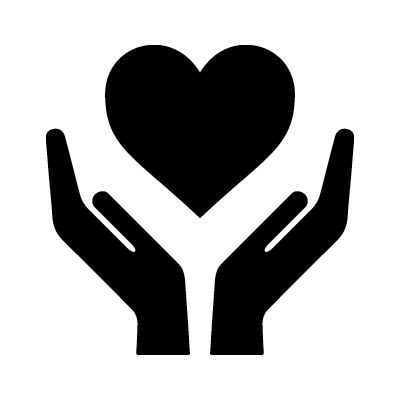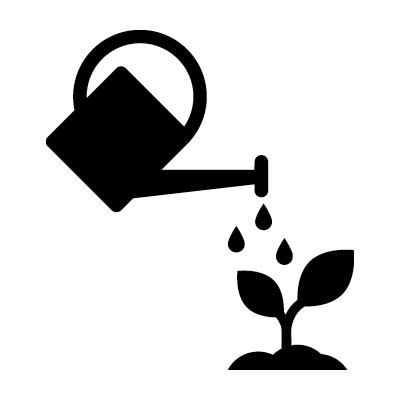Access presentation slides and handouts from past support group presentations as well as supplemental materials, websites, and videos on topics shared by support group presenters.
Presentation Slides and Handouts

View and print slides and handouts from past support group presentations:
- Next Steps: What to do after an Autism Spectrum Disorder Diagnosis
- ECHO Autism Communities
- Preserving Memories: Helping Children Grow and Adapt
- Lifebook Materials
- Juvenile Court 101
- ParentLink WarmLine and Early Childhood Programming
- You Gotta Laugh
- Missouri Department of Mental Health Regional Office Information
- Missouri Department of Mental Health Central Missouri Regional Office Brochure
- Missouri Department of Mental Health, Division of Developmental Disabilities Information, Eligibility and Rights
- Missouri Department of Mental Health Eligibility Criteria
- We are NAMI Missouri
- South County Disability Resources Presentation Pt. 1
- South County Disability Resources Presentation Pt. 2
Information on Topics Shared at Support Groups
Trauma-Informed Care

Articles & Websites:
- Helping Your Child Move from Anti-Social to Pro-Social Behaviors (nacac.org)
- Helping Children Manage Behaviors: Increasing Affect Regulation (nacac.org)
- Parenting After Trauma: Understanding Your Child’s Needs
- Helping Children Cope After a Traumatic Event
- Trauma-Informed Care
- Trauma-Informed Parenting: What You Should Know
- Helping Children Cope with Traumatic Events
- Child Trauma Toolkit
- Helping Traumatized Children: A Brief Overview for Caregivers
Videos:
- Harvard Center on the Developing Child Series
- Brené Brown on Empathy
- “Under The Surface” – Empathy Film
- Sesame Street: Mark Ruffalo: Empathy
Programs and Activities for Kids

Programs
- 4-H offers youth, families, and adult volunteers of all ages many ways to engage, grow and serve – through clubs, camps, contests, conferences, special interest groups, in-school and afterschool programs, and more! It’s about young people exploring their interests, making new friends, and building leadership skills. Local 4-H offices can be contacted through the MU Extension offices in each county. The Clover has a description of most Missouri 4-H projects.
- Big Brothers/Big, Sisters makes meaningful, monitored matches between adult volunteers (“Bigs”) and children (“Littles”), ages 5 through young adulthood in communities across the country. Big Brothers/Big Sisters develops positive relationships that have a direct and lasting effect on the lives of young people.
Summer Camps
Search for summer camps in Missouri based on location, type of camp, and special needs of the child.
Crafts, Games, and Activities
Crafts and Games:
- Using vegetables to create snacks, games, and fun crafts
- 7 Fun Container Garden Ideas
- Healthy eating games & activities
- No-cook snack ideas
- Fun food songs
- Recycled crafts that will brighten your room
- DIY Bath Crayons—Recipe
- Homemade I-Spy Bottles
- Taste Safe Finger Paints
- DIY Bubble Solution
- Make your own bubble wand
- Recipe for recycled bottle bubble blower
- DIY Musical Instruments
Physical activities:
- Tic-Tac-Toe on the lawn
- Indoor games using painter’s tape
- DIY bean bags out of a child’s socks
- Outdoor sidewalk chalk games
Emotional Identification Activities:
There is a reason we have emotions and emotions are neither good or bad; they are just emotions. They all help us in some way. It is when emotions get out of control or too big to handle when they cause us problems. Helping children learn to manage and cope with emotions effectively is important.
- Display Feeling Charts in the home and use these to help children identify emotions. Point to the emotion pictures and make faces that signify each emotion. Talk about how their body feels when they have these emotions and how they know they are experiencing these emotions. Play games like charades or guess my emotion using facial expressions with kids so that they learn how to identify emotions.
Examples of Feeling Charts:
- Read books and identify the emotions of the characters in the books.
Examples of Books:
- Play games and engage children in activities to help them recognize and cope with emotions.
Websites with activities to teach emotional identification and developing emotional identification in oneself and others:
Don’t Break the Ice, Candy Land of Kindness
Creating A Calm Down Area at Home
Managing Big Emotions Through Movement
Charades for Kids: Feelings & Empathy
Gardening and Cooking

View and print materials about gardening, composting, and cooking:
- Farmer’s Almanac Planting Calendar
- Compost Troubleshooter
- Garden Activities By Age
- Growing Vegetables in Missouri – Planting Guide
- Homegrown Garden Planting Sheet
- How to Make Your Own Compost
- Kitchen Scrap Gardening
- Missouri Growing Planting Guide
- MU Extension Missouri Planting Calendar
- Sort it Out Kids Compost
- How to Water Like a Pro
- Amazing Waste: 50 Recipes to Use Food Scraps
- Kids Eat Right: Resources for Parents and Kids
- Kid-Friendly Kitchen Tasks Infographic
- Starting Tomato Seeds
- Container Gardening
- Direct Seeding vs Transplanting
- Farm Your Yard Series
- Farm to School Lesson: How Plants Grow (and How to Grow Your Own)